Vortex Plus Tunable External Cavity Diode Lasers
Overview
The New Focus™ tunable external cavity diode lasers deliver true continuous mode-hop-free tuning. It is our highest performance precision finely tunable external cavity diode laser. The Littman-Metcalf cavity configuration provides exceptional stability, piezo mode-hop-free tuning range and narrow linewidth. Thermal and finite element analyses led us to the Star-Flex design that provides stiff, reproducible rotational motion without any translation. The Vortex Plus includes an SMA port for direct to diode high speed current modulation. When ordering, please specify the exact center wavelength (to 10 pm) in vacuum. Part number includes complete laser system and the new TLB-6800-LN laser controller. Heads and controllers can also be sold separately.
- Magnetic damping and Star-Flex™ actuation for highest stability
- Fiber coupled option
- True mode-hop-free tuning
- Narrow linewidth
Products
Applications
- Quantum Physics
- Laser cooling
- Atomic clocks
- Spectroscopy
- Metrology
- Interferometry
Specifications
Specifications1
| Model | Wavelength2 | Mode-Hope Free Tuning Range |
Free-Space Output Power |
Fiber-Coupled Output Power |
|---|---|---|---|---|
| TLB-6802-455 | 455-457 nm | >25 GHz (20 pm) | 40 mW @ 455 nm | N/A |
| TLB-6802 | 459-461 nm | >25 GHz (20 pm) | 40 mW @ 461 nm | N/A |
| TLB-6804 | 632.5-640 nm | >120 GHz (160 pm) | 8 mW @ 638 nm | 3 mW @ 638 nm |
| TLB-6811 | 725-741 nm | >100 GHz (200 pm) | 20 mW @ 737 nm | 10 mW @ 737 nm |
| TLB-6813 | 765-781 nm | >100 GHz (200 pm) | 70 mW @780 nm | 35 mW @ 780 nm |
| TLB-6814 | 794-810 nm | >100 GHz (210 pm) | 30 mW @795 nm | 15 mW @795 nm |
| TLB-6817 | 838-853 nm | >90 GHz (220 pm) | 50 mW @ 852 nm | 15 mW @ 852 nm |
| TLB-6818 | 890-940 nm | >90 GHz (240 pm) | 30 mW @ 895 nm | 15 mW @ 895 nm |
| TLB-6820 | 940-990 nm | >80 GHz (250 pm) | 25 mW @965 nm | 12.5 mW @ 965 nm |
| TLB-6821 | 1030-1085 nm | >60 GHz (230 pm) | 70 mW @1064 nm | 24.5 mW @1064 nm |
| TLB-6825 | 1400-1490 nm | >60 GHz (400 pm) | 30 mW @1400 nm | 10 mW @ 1110 nm |
| TLB-6828 | 1520-1630 nm | >50 GHz (400 pm) | 30 mW @1550 nm | 15 mW @1550 nm |
Value
| Value | |
|---|---|
| Linewidth | <200 kHz (50 ms integration time) |
| Wavelength Stability | 2 pm (over 1 hour ±2°C) |
| Power Stability | <1% (over 1 hour ±2°C) |
| Fine Tuning Resolution | 0.01% of full PZT tuning range |
| Fine-Frequency Modulation Bandwidth | <100 Hz (100% of piezo tuning range) <1.5 kHz (20% of piezo tuning range) |
| Current Modulation Bandwidth |
DC-1 MHz (through controller) |
| Longitudinal Mode | Single |
| Transverse Mode | TEM00 |
| Beam Pointing Stability | <50 µrad (±2°C) |
| Beam Size, typical | 1-2 mm |
| Beam Ellipticity, typical | 1:1-2:1 |
| Polarization6 | Vertical |
| Optical Output7 | Free-space, optically-isolated, fiber-coupled |
| User Interface | Controller front panel, RS232, USB |
| Power Supply Requirement | 100-240 VAC (50-60 Hz), power consumption <170 W |
| Environment Temperature, operating | 15-30°C |
| Environment Temperature, storage | 0-50°C |
| Environment Humidity | Non-condensing |
Footnotes:
- Due to our continuous product improvement program, specifications are subject to change without notice.
- Fine tuning only. Select wavelength to 0.01 nm in vaccum. Contact us for all available wavelengths.
- Resolution is 10 mV in PZT (0.01% of full PZT tuning range) through controller front panel or command. When tuning PZT using an external voltage source through External Fre-quency Modulation input, resolution is dependent on voltage source.
- Current modulation directly to diode through laser head SMA port.
- Free space (without isolator) output is vertical linearly polarized with respect to laser head base. Output with optical isolator is 45 degrees with respect to laser head base.
- Optically-isolated option includes an integrated 35 dB optical isolator with approximately 75% power transmission. Fiber-coupled option includes isolator and Panda-type PM fiber with FC/APC connector for laser output. Wide-type alignment key aligned with the slow axis of the PM fiber. This configuration is applicable to the input configuration for the VAMP„¢ tapered amplifier products. Dual stage isolation, other fiber types and connectors available upon request. Fiber couple and optically isolated options unavailable for TLB-6802-455 and TLB-6802.
Features
Vortex-plus Controller
The Model TLB-6800-LN laser controller is designed to operate with either the TLB-6800 Vortex Plus Tunable Lasers or TLB-7100 Vantage® Tunable Lasers. The controller allows you to easily fine tune and adjust the output power or bias current with the press of a button or via the USB/RS-232 interface with the click of a mouse. The TLB-6800-LN controller has an easy to access front panel controls with an included output to synchronize with other devices and features a built in function generator to control piezo sweeping.
Compatible Power Sensors
To verify and analyze the output power of your Vortex Plus laser, we recommend the Ophir PD300 (7Z02410) or PD300-IR (7Z02412) thermal power sensor and Centauri laser power meter. Additional information on this laser measurement equipment can be found on the ophiropt.com website. Other Ophir sensors and meters may also be suitable for the Vortex Plus, depending on application. Ophir also works with laser system developers to achieve embedded beam diagnostics to monitor system performance as an OEM solution.
Resources
Data Sheets
- Vortex Plus Datasheet (1.5 MB, PDF)
Literature
- CW Tunable Lasers Brochure (3.8 MB, PDF)
- Ultrafast Lasers Brochure (4.6 MB, PDF)
- Advancing Photonics-Based Quantum Technologies Research (7.3 MB, PDF)

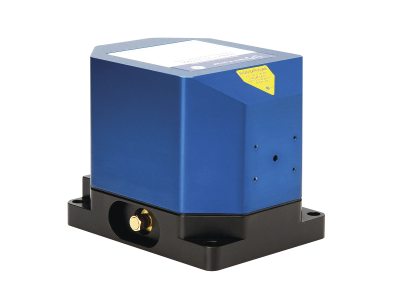
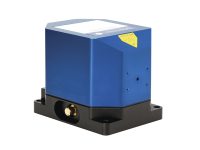
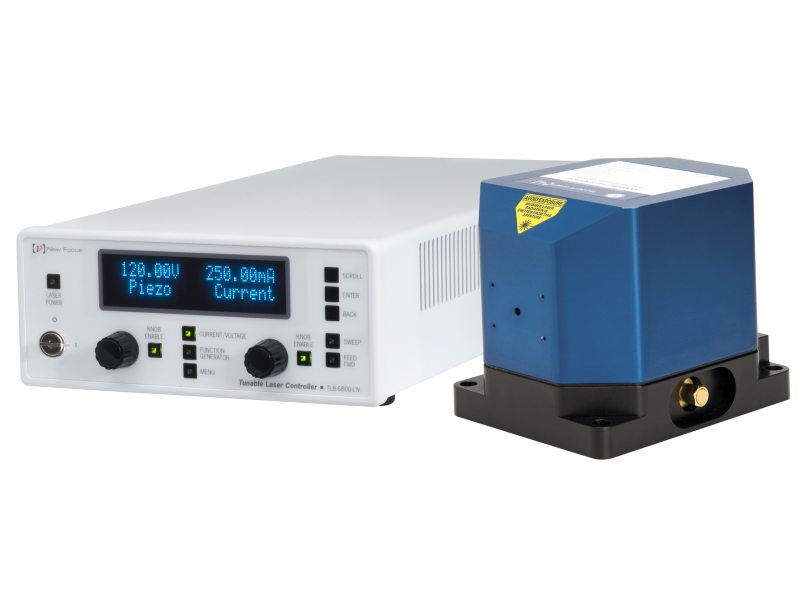
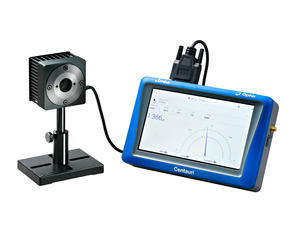
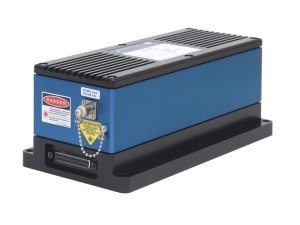
 Ultra-High Velocity
Ultra-High Velocity